Why are the grapes small and what to do?
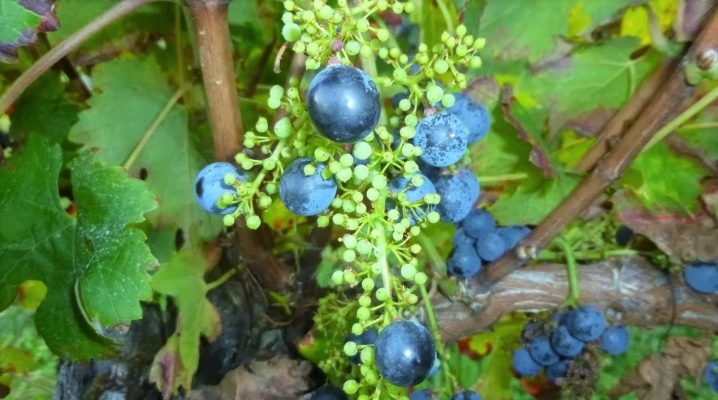
Many gardeners cannot understand why they grow small grapes. Meanwhile, peas and their causes are too important to be dismissed from this problem. It is imperative to figure out what to do if the grapes are peas.
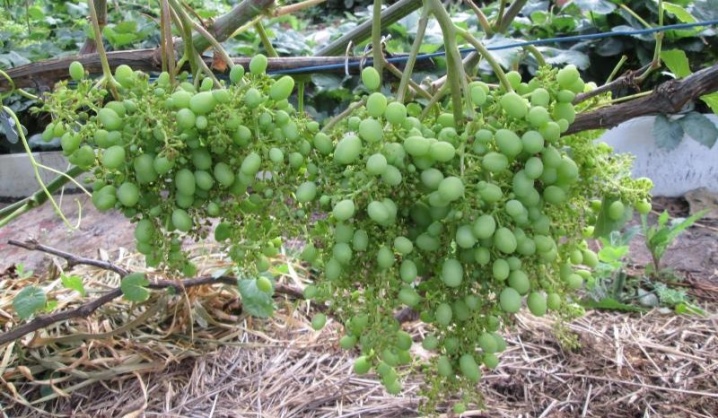
What are peas?
It is usually said that grapes began to turn peas if berries that differ sharply in size appear on one cluster. Their taste usually does not change, but the smallest grapes - the one that is peas - looks inferior. Its visual resemblance to peas gave the name to this phenomenon. In one case, smaller fruits are clearly visible between the large berries.
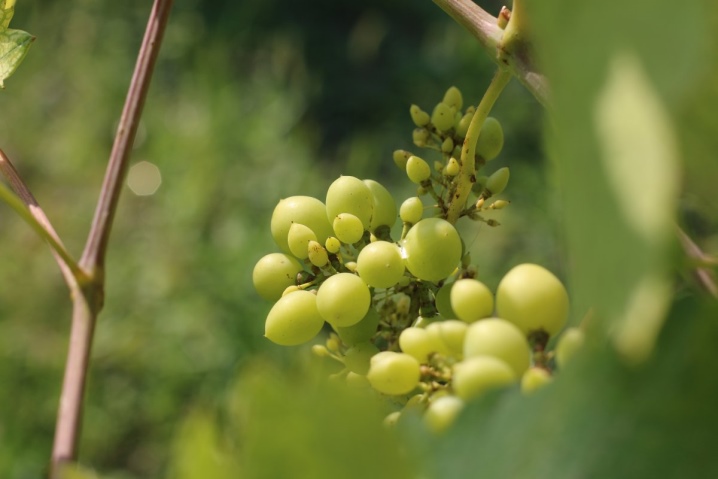
In a more neglected situation, only a few normal-sized grapes appear; it is no longer necessary to talk about the commercial quality of such a crop.
Possible reasons
There is no single main reason why grapes are peas. Most often, this problem is encountered with weak pollination. This is especially true for bisexual shrub varieties. More specifically, this situation is caused by:
-
insufficient attractiveness of bushes for bees;
-
drying the pollen at a high air temperature (it becomes lighter, easily carried away by the wind);
-
the predominance of those inflorescences that require pollination, with a deficit of pollinating inflorescences;
-
wrong landing site (fences and other obstacles interfere with wind pollination);
-
heavy rainfall, when the pollen is simply washed away.

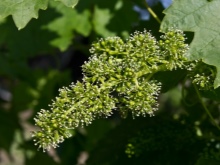
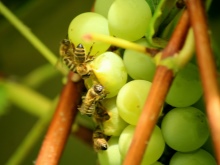
With insufficient pollination, most of the problem inflorescences crumble. This is the evolutionarily justified reaction of the plant: to concentrate the maximum resources on those inflorescences that the ovaries can give, and then the fruits. But the reasons may be not only this. So, overloading with leaves and ovaries of a particular vine makes it spend a lot of energy - and as a result, you cannot count on a large harvest.
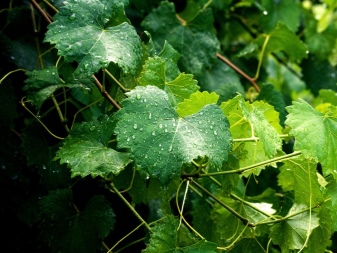

It is worth considering that on a young bush, peas are quite natural for this reason, and only if it persists in adulthood, you need to sound the alarm.
Difficulties can also be associated with a lack of important substances. The grapes, in order to preserve, reduce the size of the berries when water is scarce. The same happens if mineral fertilizers are insufficient. And even if their number is normal, but feeding is done in relatively cold weather, their absorption and efficiency drops sharply. Finally, even active, but irregular and haphazard watering is often the cause of problems.
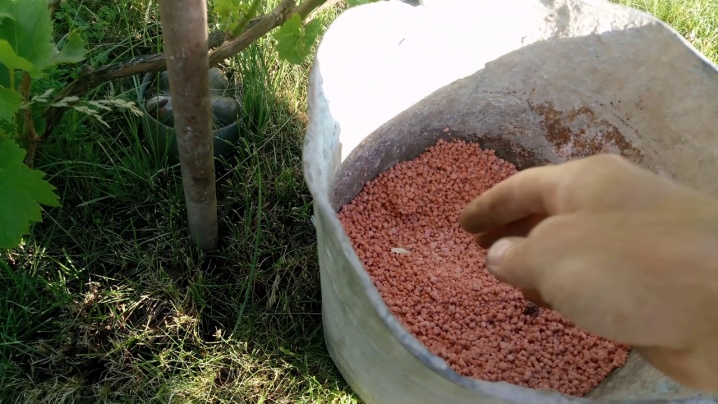
However, you should not constantly blame yourself for all the difficulties. Sometimes grapes are peas even with very diligent care - and this is due to the characteristics of specific varieties. To avoid such a nuisance, you must carefully study the description of the planting material. It is advisable to prefer those varieties of culture that are the least whimsical. But even they can become shallow if the vineyard is planted in poorly lit places with poor ventilation.
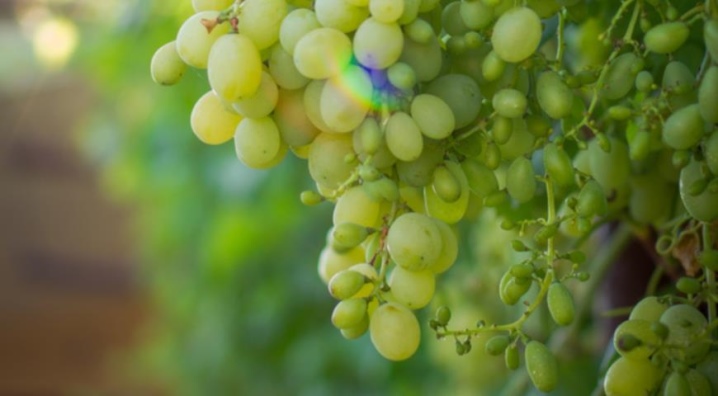
Methods to deal with the problem
But simply answering the question about the causes of peas is not enough. We still need to figure out what to do about it. And in each case, the approach should be slightly different. So, if a failure occurs during pollination, it is necessary to achieve better air circulation throughout the site. Dismantle problematic barrier structures, or move the grapes to another place - it is necessary to solve according to the situation.
Sometimes it is worth buying planting material with different sexes next season in order to maintain an optimal balance.Planting honey plants helps attract bees. Among them, preference should be given to those that are more beneficial in practical and decorative terms. A simpler and faster option is to install bee baits based on a solution of sugar and honey; this solution is poured into plates and covered with odorless material.
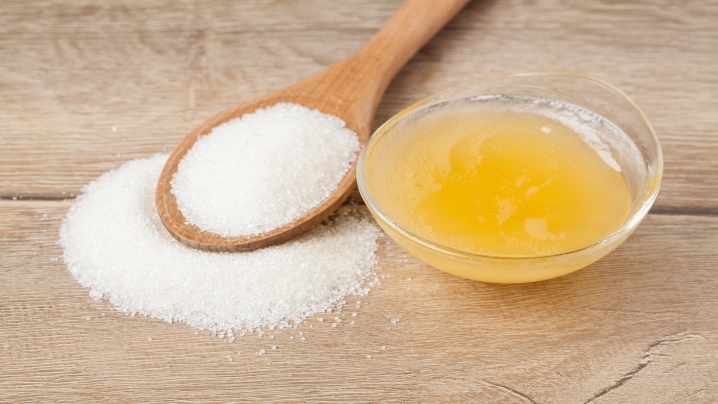
If the weather is not favorable for pollination anyway, then you need to do it artificially. One of the ways is to pluck part of the inflorescences in the early morning hours in the absence of precipitation. They are carefully pollinated by female stigmas. Another approach involves the use of a special panicle. Rabbit hair is attached to the wooden retaining part. This wool will allow you to transfer pollen without plucking the flowers themselves.
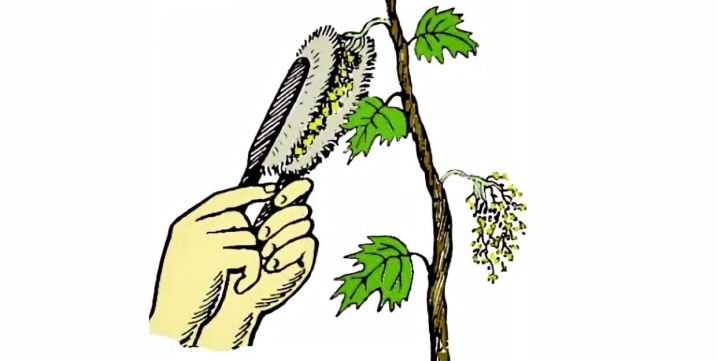
Processing is carried out early in the morning, after the dew has dried. It is important that rain is not expected. Such pollination is carried out every 2-3 days from the formation of flowers to the end of flowering. In hot periods, plants are additionally treated with water from a spray bottle so that the pollen does not dry out and is firmly held in place.
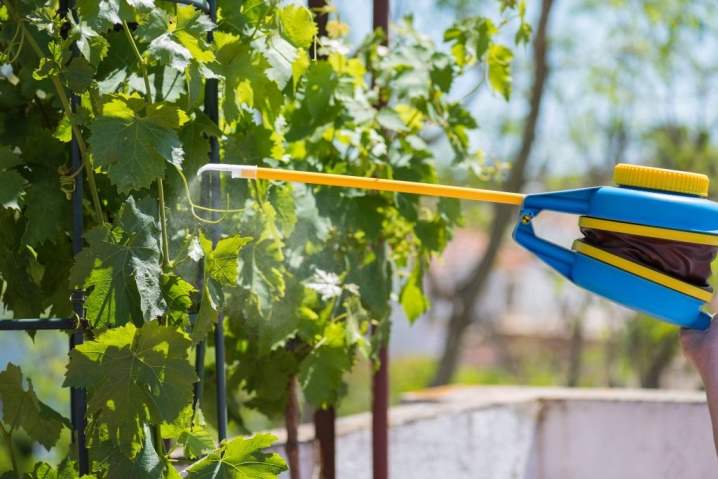
With the formation of a large number of leaves and shoots, careful shaping of the crown and fruiting vines is necessary.
Weak and damaged branches are removed. The same goes for thickening branches. The tops of young shoots are pinched a few days before flowering. With sufficient pollination, excess brushes are cut off. Having found an underdeveloped bunch, you should immediately get rid of it, not hoping that the situation will improve over time.
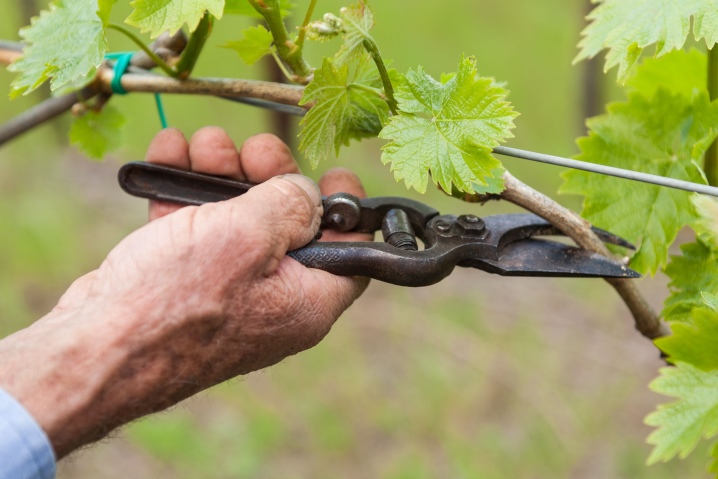
And also important:
-
regular watering (more frequent during hot periods);
-
loosening the top layer of the earth;
-
root nutrition with microelements, primarily zinc and boron.
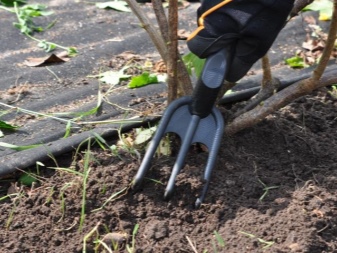
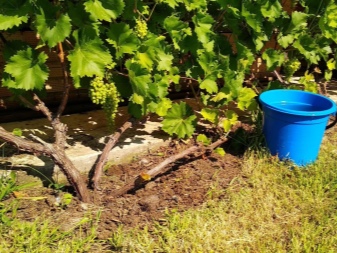













The comment was sent successfully.